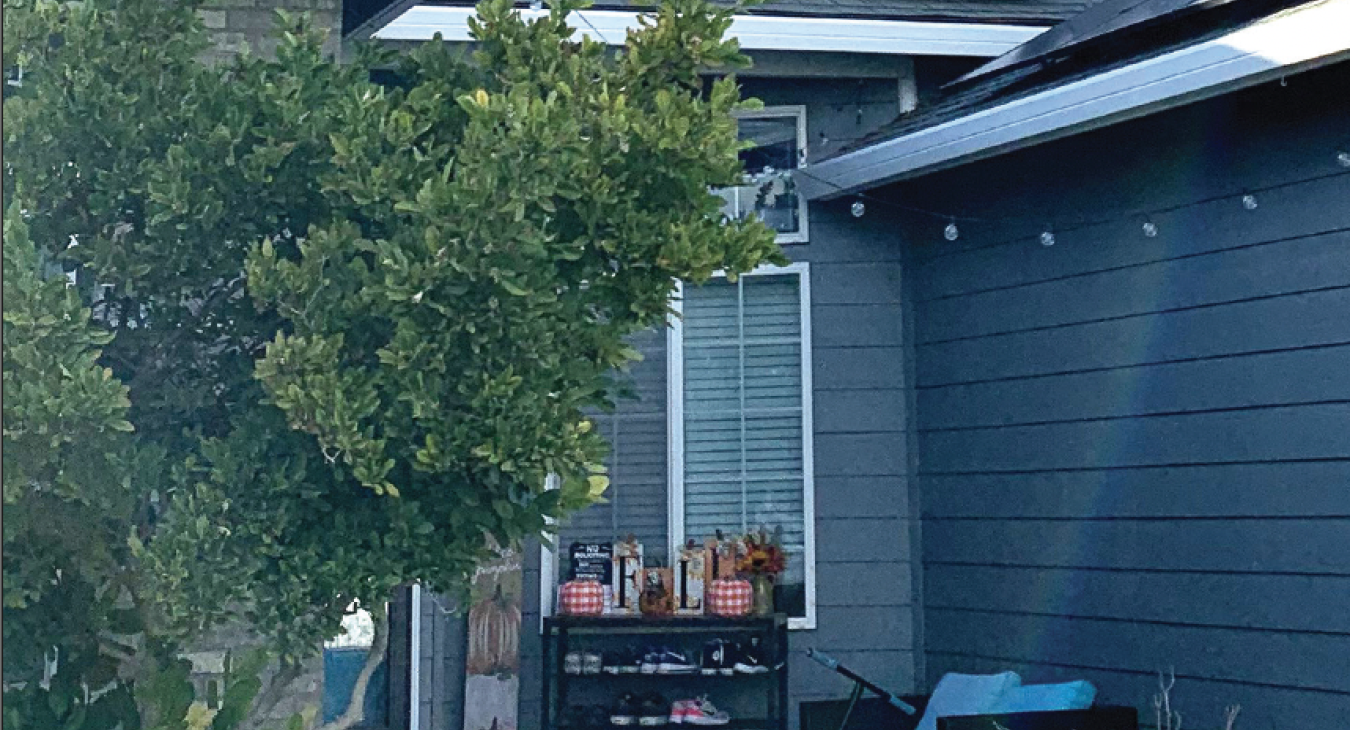Best Bets for Efficiency Upgrades & Projects
By Miranda Boutelle
Q: How do I calculate the return on investment when considering home upgrades?
A: A home is often the biggest investment we make in our lives. We want to make good decisions to protect and maximize the benefits of the investments in our homes.
Energy-efficiency upgrades are investments that can pay for themselves over time and potentially save money by reducing energy use in your home. Rooftop solar is one of the many energy investments that can generate your own energy at home.
Calculating an estimated return on investment can determine the benefit of an upgrade. ROI measures the gain or loss from an investment relative to the cost.
To find the ROI percentage, divide the net profit—the total cost of the investment subtracted from total revenue generated—by the cost of the investment and multiply by 100. The higher the percentage, the better the investment. If you take out a loan, home equity line of credit or use a credit card for your upgrades, add the borrowed amount and interest rate into the investment cost.
Let’s put the calculation to work on a few examples. Keep in mind, the numbers used below are hypothetical. Prices will vary based on the scale of your project and the cost of labor and materials in your area.
Adding insulation and air sealing your home are two of the most cost-effective projects that can save money year-round by reducing the energy needed from your heating and cooling systems.
The U.S. Environmental Protection Agency estimates air sealing and insulation can save an average of 15% on heating and cooling costs or an average of 11% on total energy costs, with higher savings in the north and south because of more extreme temperature swings. Attics, walls, rim joists or floors over crawlspaces should be insulated. The ROI will vary based on your location, existing insulation levels and project cost.
Let’s say you spend $3,000 to insulate your home, saving $330 a year for the next 20 years. Your net profit is $3,600. Divide that by the total cost of the investment, $3,000. Multiply the quotient by 100. That’s an ROI of 120%.
The energy-efficiency impact of new windows in your home depends on the difference in efficiency between the new and existing windows. You will see the most improvement when you go from the least efficient to the most efficient new windows. The exact ROI for your home will also depend on your location, energy costs and the efficiency of your heating and cooling systems.
The EPA estimates upgrading single-pane windows to ENERGY STAR® windows can save about 12% of your annual energy use. Let’s say you replace your existing windows for $5,000, saving $360 a year for the next 20 years. The ROI is 44%.
Windows and insulation upgrades have the added benefit of making your home quieter, and they can add value if you sell your home.
Rooftop solar is another investment to consider. Let’s say a solar system costs $20,000 and is projected to save $30,000 over 25 years. With a net profit of $10,000, the ROI is 50%. Solar system costs and savings vary depending on where you live, how you pay for the system and your cost for electricity.
Rooftop solar also has the potential of adding value to your home if you sell. Yet, if you have a solar system loan or lease, a home sale can be more complex. You might be eligible for tax credits or incentives through your electric utility or state programs to reduce upfront costs for energy-efficiency or renewable energy projects.
Most of us have limited funds for investing in our homes. Compare costs and potential savings to make the best decisions for your home and your bank account.
Photo courtesy of Umatilla Electric Cooperative.
Editor’s note: This column was created by Efficiency Services Group LLC under contract with NRECA. NRECA retains ownership of this content and does not endorse Efficiency Services Group, its views, or any products or services it offers.

